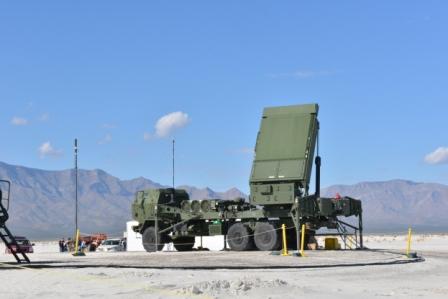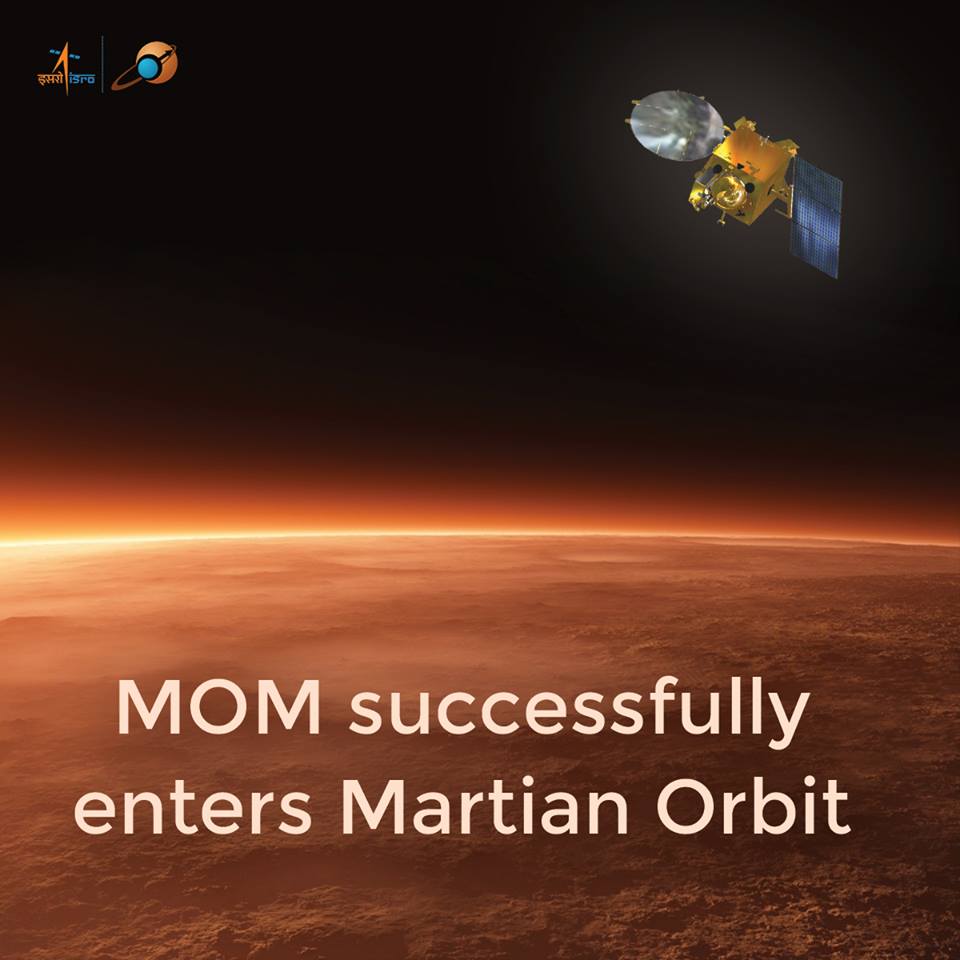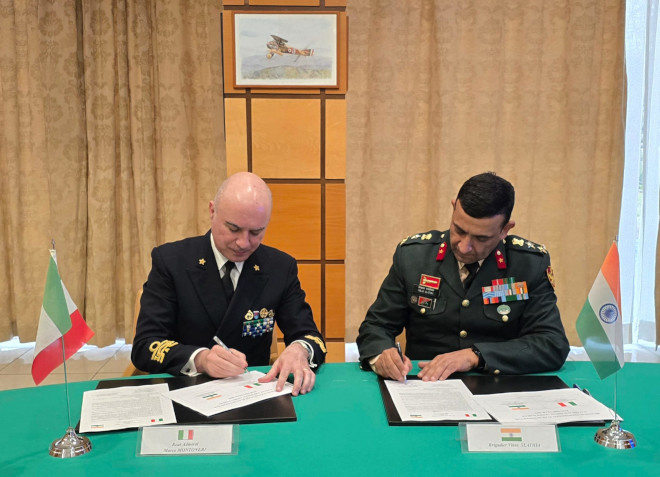
A MEADS MFCR tracked multiple targets in a dual-intercept test at White Sands Missile Range. Photo: Lockheed Martin
ORLANDO, FLORIDA (BNS): The Medium Extended Air Defence System (MEADS) programme has completed a six-week performance test of its 360-degree Multifunction Fire Control Radar (MFCR).
The test was performed at Pratica di Mare Air Base near Rome, Italy, and at Germany’s MBDA air defence centre in Freinhausen. This was the first time the MFCR was operated in Germany.
During the tests, the MEADS MFCR successfully demonstrated several advanced capabilities, many of which are critical for ground-mobile radar systems, Lockheed Martin said in a statement.
Capabilities tested include tracking and cancelling jamming signals; searching, cueing and tracking in ground clutter; and successfully classifying target data using kinematic information.
MEADS radars are designed to protect troops and assets on today’s 360-degree battlefield, where missile attacks are omnidirectional.
Using plug-and-fight capability, the MFCR acts as a node on the MEADS network, and like all other MEADS major end items, can be dynamically added or removed as missions dictate, without shutting down the system.
The X-band MFCR employs active phased array technology using transmit/receive components developed in Germany. It provides precision tracking and wideband discrimination and classification capabilities.
An advanced Mode 5 Identification Friend or Foe subsystem allows for improved threat identification. If required, the radar can provide full fire control and limited surveillance capabilities.
MEADS International, a multinational joint venture headquartered in Orlando, Florida, is the prime contractor for the MEADS system. Major subcontractors and joint venture partners are MBDA in Italy and Germany, and Lockheed Martin in the United States.
 Previous Article
Previous Article Next Article
Next Article












The Indian Air Force, in its flight trials evaluation report submitted before the Defence Ministry l..
view articleAn insight into the Medium Multi-Role Combat Aircraft competition...
view articleSky enthusiasts can now spot the International Space Station (ISS) commanded by Indian-American astr..
view article